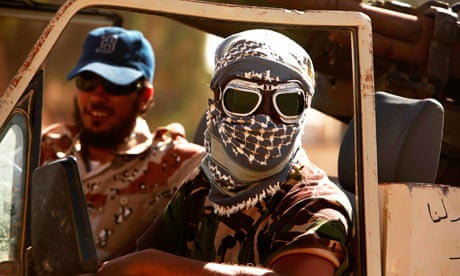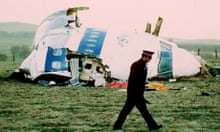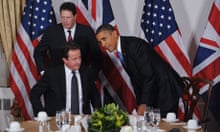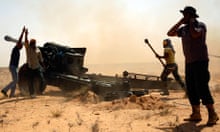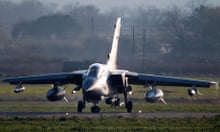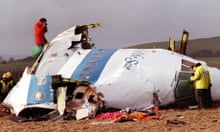Libyan rebel forces claim to have discovered banned chemical weapons stockpiles in southern desert areas captured from Gaddafi loyalists in the last few days.
Spokesmen for the National Transitional Council (NTC) said a depot had been found in the Jufra area, 435 miles (700km) south of Tripoli, during part of an offensive against regime strongholds in the remote south of the country.
The rebels also say they have now taken most of Sebha, the largest town in the area whose tribes were long seen as loyal to Gaddafi and is an important staging post for travel to Niger, where some former regime figures have fled. Libyan officials have confirmed that a senior intelligence officer was captured there two days ago.
It had been thought that Gaddafi himself might have been hiding in Sebha along with his fugitive second son, Saif al-Islam, but NTC fighters found no trace of them.
CNN reported from Sebha that Gaddafi's Gaddadfa tribe in the town is ready to surrender its weapons and wants to negotiate an agreement with the NTC. Correspondent Ben Wedeman also described walking through Gaddafi's palace in the town.
Libya was supposed to have destroyed its entire stockpile of chemical weapons in early 2004 as part of a British-engineered rapprochement with the west. It also abandoned a rudimentary nuclear programme.
But the international watchdog, the Organisation for the Prohibition of Chemical Weapons, had stated it believed that Libya had kept 9.5 tonnes of mustard gas at a secret location: it is that which appears to have now been captured and secured.
In 2010 Libya destroyed nearly 15 tonnes of sulphur mustard, representing about half of its stockpile. It received an extension to eliminate the rest by 15 May. Twice-yearly inspections have found no evidence of Libya reviving the chemical weapons programme.
The recent rebel advances in the south have not been matched by parallel progress on two other fronts. Loyalists are still holding out in Gaddafi's birthplace of Sirte on the Mediterranean coast, though there are signs a new offensive may be looming there. The capture of Sirte would clear the way for an unbroken link between Tripoli and Benghazi, where the Libyan uprising began in February.
Little progress has been seen in Bani Walid, 100 miles south of Tripoli, with chaotic scenes among poorly disorganised and often squabbling rebels and worries about inflaming tribal tensions if there is large-scale bloodshed.
The persistence of these significant pockets of Gaddafi resistance are delaying plans by the NTC to declare the whole country liberated – a necessary step before the start of ambitious reforms to create a free and democratic Libya.
